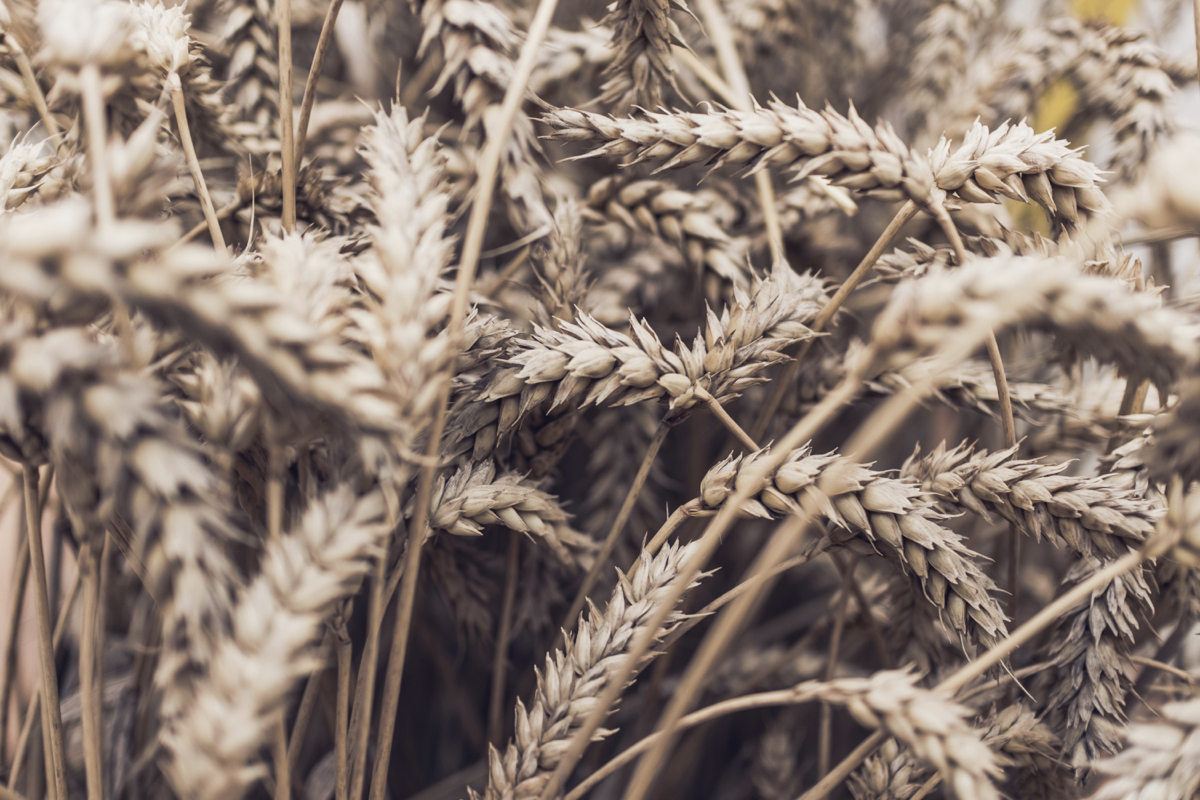What is a whole grain?
A grain is considered to be whole as long as it still has all three original parts (i.e. the bran, endosperm, and germ) after milling and processing it to make food. If some of these parts are removed (i.e. the outer bran) then the grain is called a ‘refined’ grain. For example, brown rice is a whole grain as the entire grain is intact and white rice is referred to as a refined grain because it has had the bran and germ removed. By removing these parts of the grain, much of the fibre, and certain vitamins and minerals are lost. It is mandatory that all wheat flour (except wholemeal flour) is fortified with specified quantities of certain nutrients including calcium (except some self-raising varieties), iron, niacin and thiamine. Refined grains and products made with refined grains (particularly those low in saturated fats, added sugars and salt) can also be included in a healthy balanced diet, however, we should try and include whole grain or higher fibre varieties where possible. Whole grains / whole grain foods include: whole wheat, whole meal flours, whole meal bread, whole grain cereals (e.g. wheat biscuits), oats (porridge), whole barley, amaranth, rye, spelt, quinoa, brown, red and wild rice, bulgur wheat, buckwheat, sorghum, teff, triticale, millet and even popcorn!

How much whole grain should I be consuming?
Recommendations vary from country to country, but currently there are no specific dietary recommendations for the quantity of whole grain in the UK, other than recommending ‘choosing whole grain or high fibre varieties of starchy carbohydrates whenever you can’. In the US the recommendation is to aim for three 16g servings of whole grain a day. Examples of what a serving may be:
- 1 heaped tbsp uncooked porridge oats
- 3 tbsp of lower sugar whole grain cereal (such as bran flakes or shredded wheat)
- 1 medium slice wholemeal bread
- 2 heaped tbsp cooked brown rice
- 3 tbsp of cooked wholewheat pasta
- 3 handfuls plain popcorn

What are the health benefits of whole grains and a fibre-rich diet?
Including whole grains in your diet is an important way of helping you meet your recommended fibre intake for health. UK dietary guidelines recommend that adults aim to eat at least 30g fibre per day, but according to national dietary survey data, we only manage to get about 18g. Including fibre-rich foods in a healthy balanced diet can reduce your risk of:
- Cardiovascular disease (heart disease and stroke)
- Type 2 diabetes
- Colorectal (bowel) cancer
- Constipation and diverticular disease
There is also increasing interest in our gut bacteria and health; and the place of diet, particularly higher fibre intakes, in increasing the good bacteria in our gut.
Recently the World Cancer Research Fund (WCRF) and the American Institute for Cancer Research (AICR) specifically recommended whole grain intake to lower bowel cancer risk, which adds to the evidence that high fibre foods decreases the risk of this cancer. It was noted that whole grains may protect against bowel cancer by binding carcinogens and regulating glycemic response.
The WCRF and AICR reported that whole grains may offer benefits beyond fibre too. They pointed out that they’re a source of nutrients and bioactive compounds including vitamin E, selenium, copper, zinc, lignans, phytoestrogens and phenolic compounds, and many of these, which are largely found in the bran and germ of the grain, have plausible anti carcinogenic properties.
Simple ways to get whole grain into your diet
- Snack on plain popcorn, or oatcakes and peanut butter, or rye crackers and hummus
- Have oats for breakfast as porridge, muesli, or homemade granola
- Make an open sandwich using rye bread – strawberries, peanut butter, and a little drizzle of honey is my favourite combo!
- Add whole grain barley or brown rice to soups and stews for a heartier meal
- Double up when cooking brown pasta for dinner, and save the leftovers for a cold pasta salad for lunch the next day
- Swap white flour in some of your recipes when baking for whole wheat or spelt flour, or do half and half – trust me, they will still taste just as good!
Source: https://thefoodmedic.co.uk/2018/02/why-choose-whole-grain/


